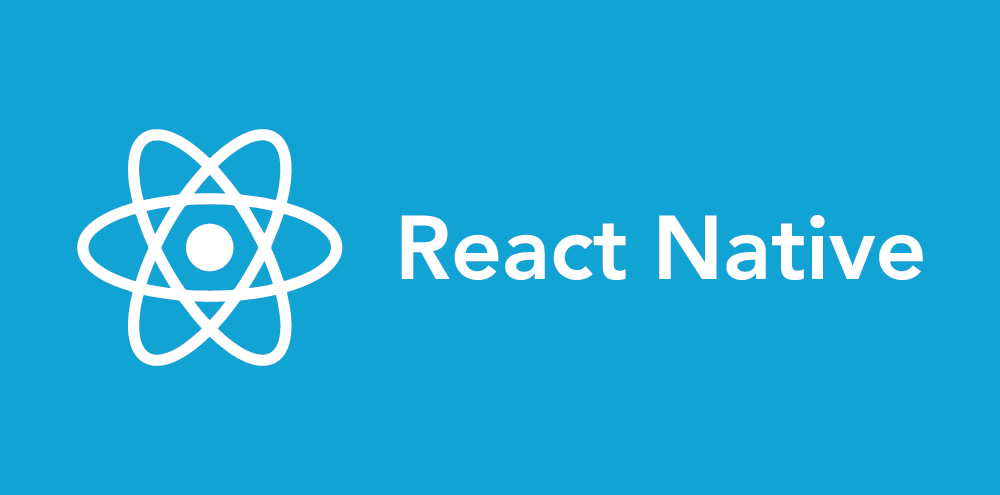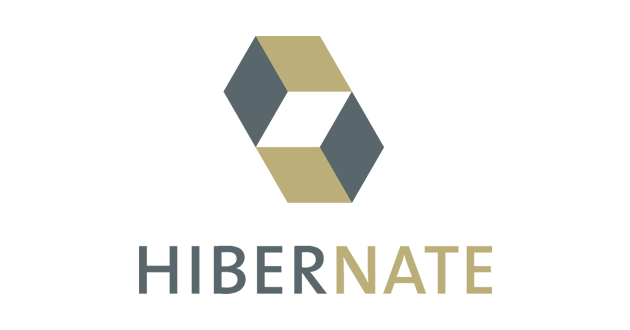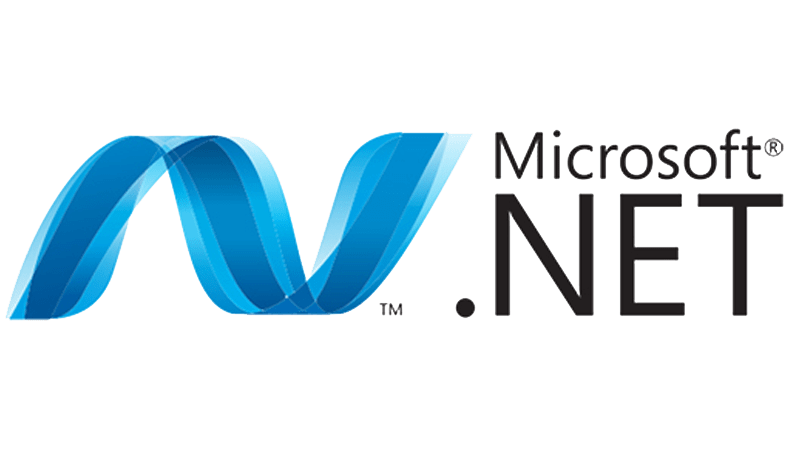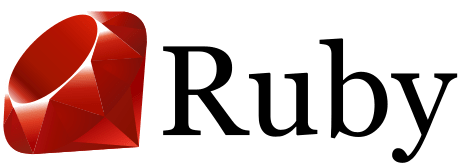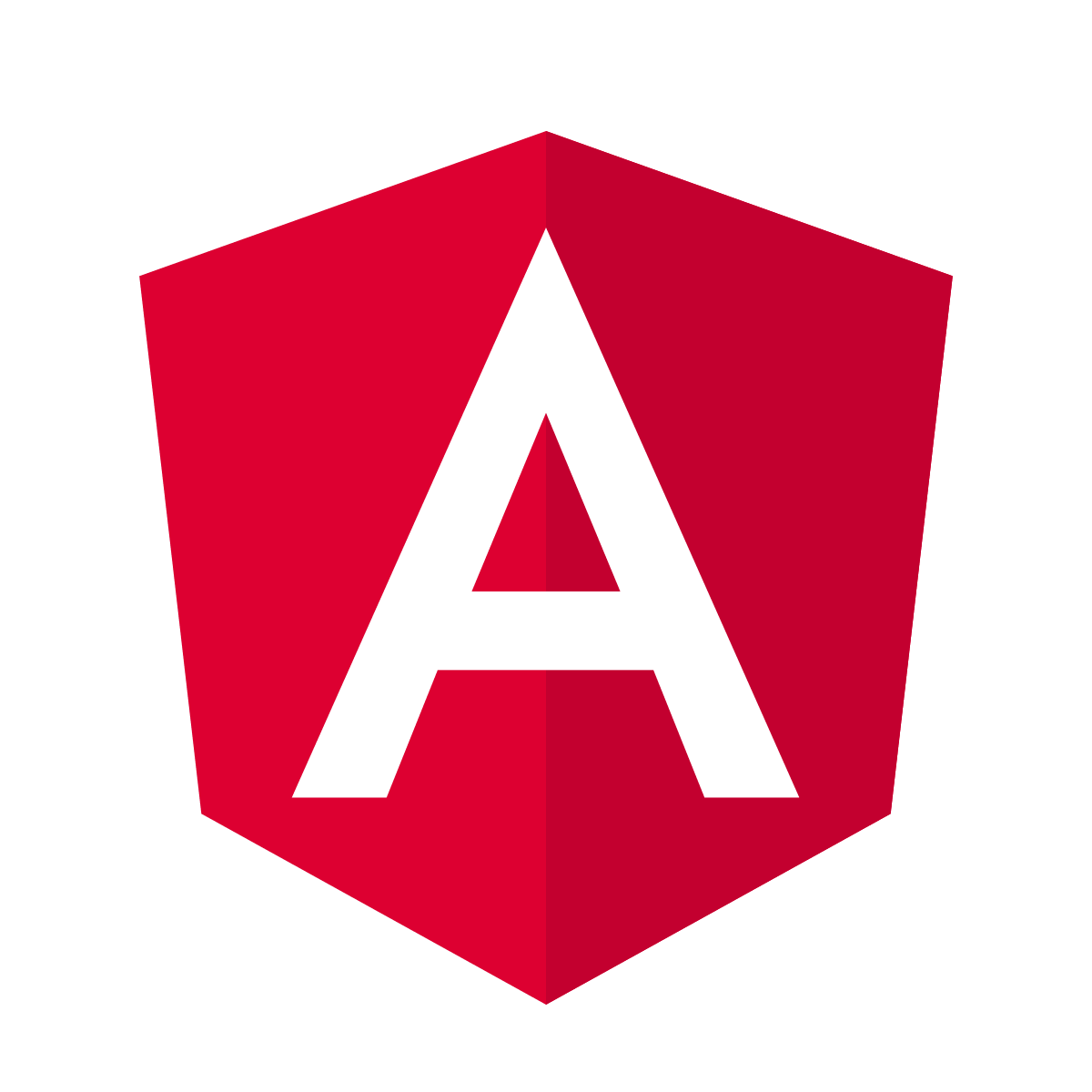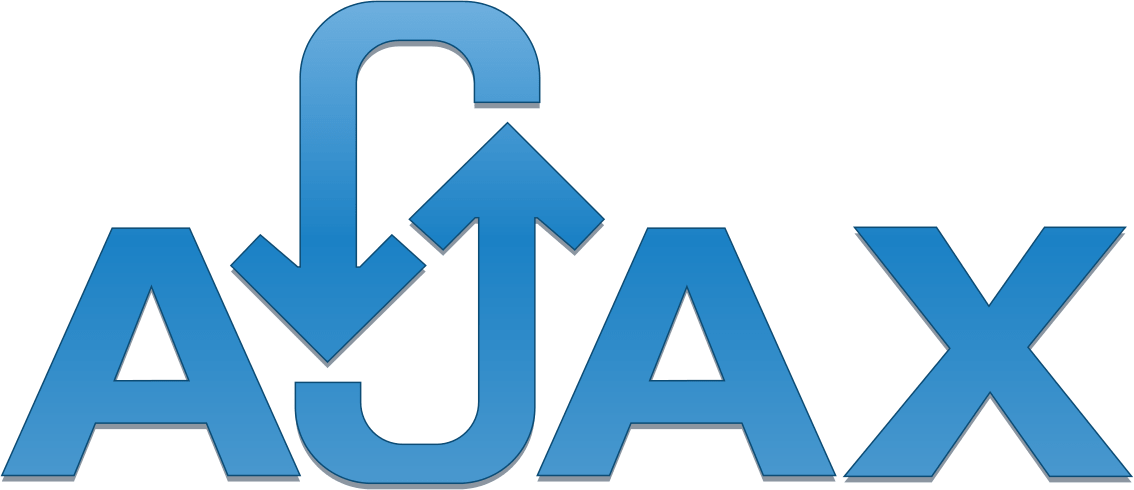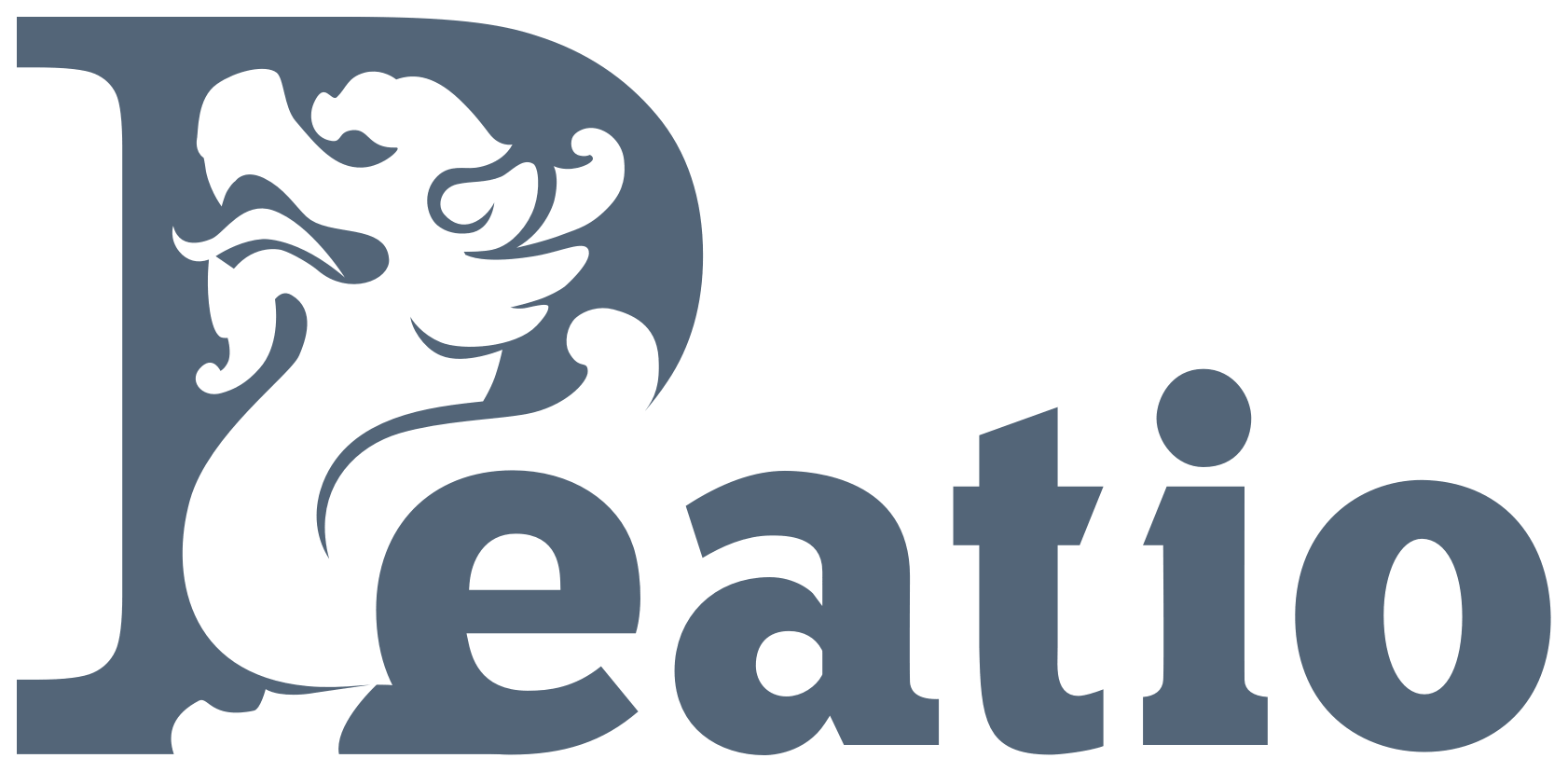Data Management







As the data tend to get over the software which was originally
created to work with this data, choosing the data storage framework (as well as the
basic data structures and serialization/deserialization mechanics) is one of the
most important tasks in planning/drafting the specs/requirements for new software,
systems integration or system upgrade.
We work with both SQL and NoSQL data
storages. According to the technical requirements we can use either powerfull,
reliable, structured SQL databases or faster-to-draft/scalable/reading/writing NoSQL
data storages or a hybrid solution to work with both worlds. Our current and past
projects have so far used Interbase/Firebird, PostgreSQL, Oracle, MS SQL,
MySQL/MariaDB RDBMS on the SQL side, and MongoDB and RedisDB on the NoSQL side.
Web-server applications development
In most cases we use apache, nodes and Nginx/Tengine powered web servers. We use Php, Python, Perl, .NET, Ruby (Ruby on Rails), JavaScript and Lua according to the functionality that we have to implement. For example, we can use different technologies to create better solutions such as long-running for real-time data exchange and so on. Additionally, we can use the J2SE/J2EE technology stack (JSP/EJB/Spring, Hybernate, SiteMash, Spark/Jetty) technologies for web-server building in Java or modification/upgrade of existing Java-written software systems.
Web Front-end applications development
Telecom








We use both the corporate standart solutions and opensource instruments in our projects. What does this list include? These are such as Dialogic, OpenSS7, Dijium, Sangoma, DMR, FS, Asterisk and Cisco.
Cyber Security methods and approaches
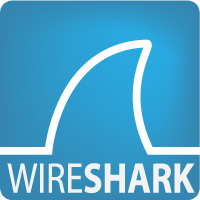


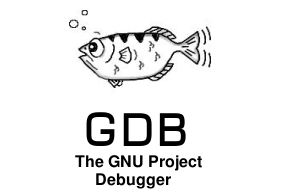
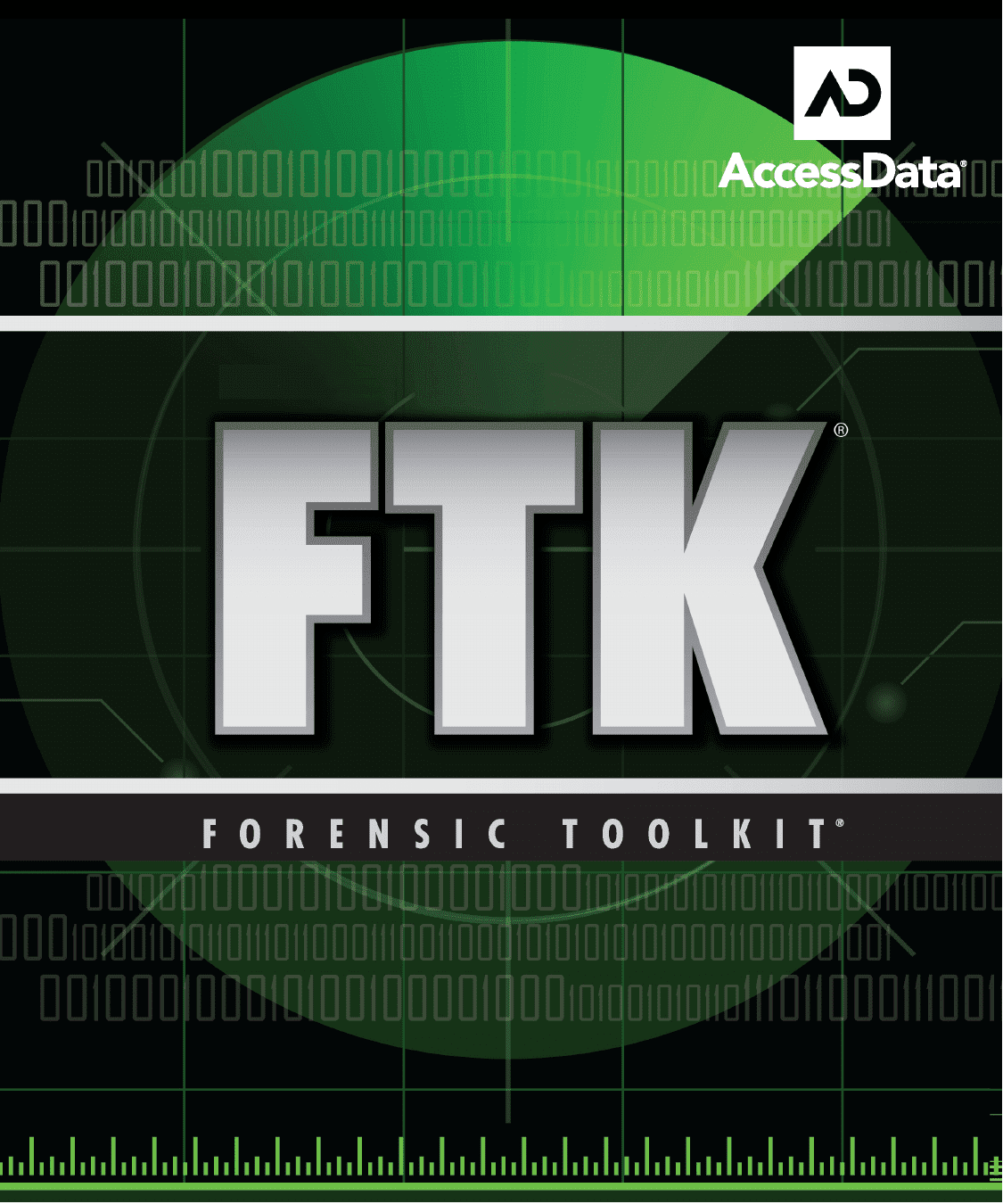
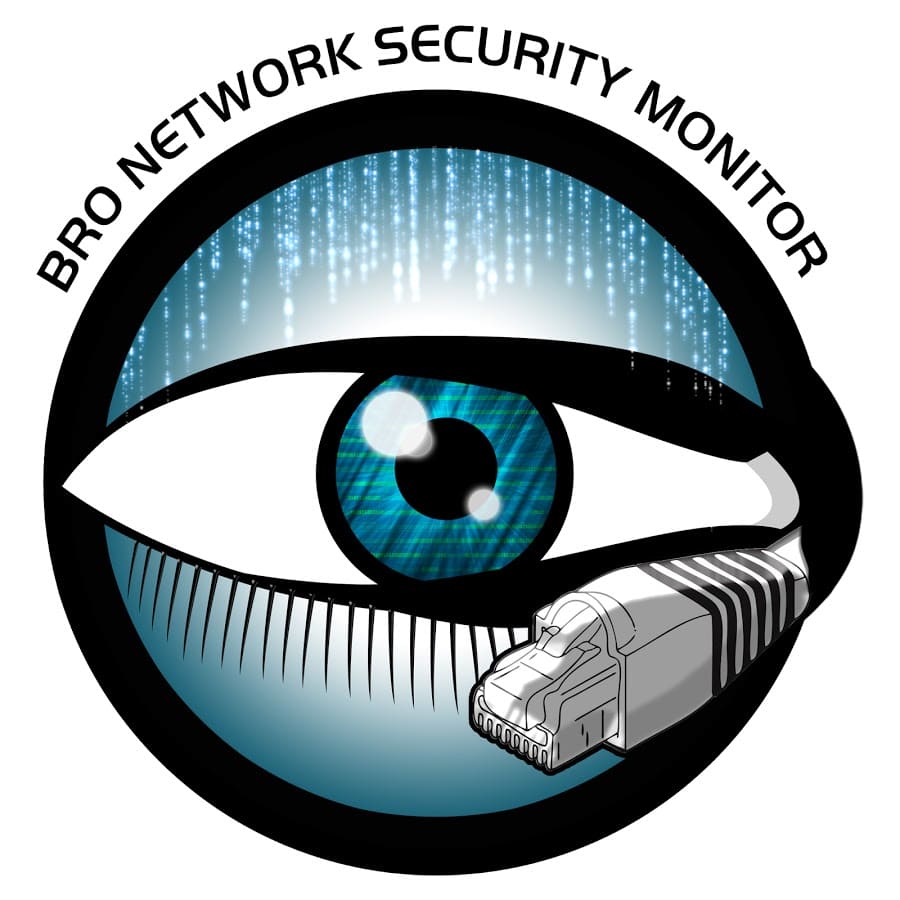
General methods and approaches that are used by our team:
Client Application
Maintenance
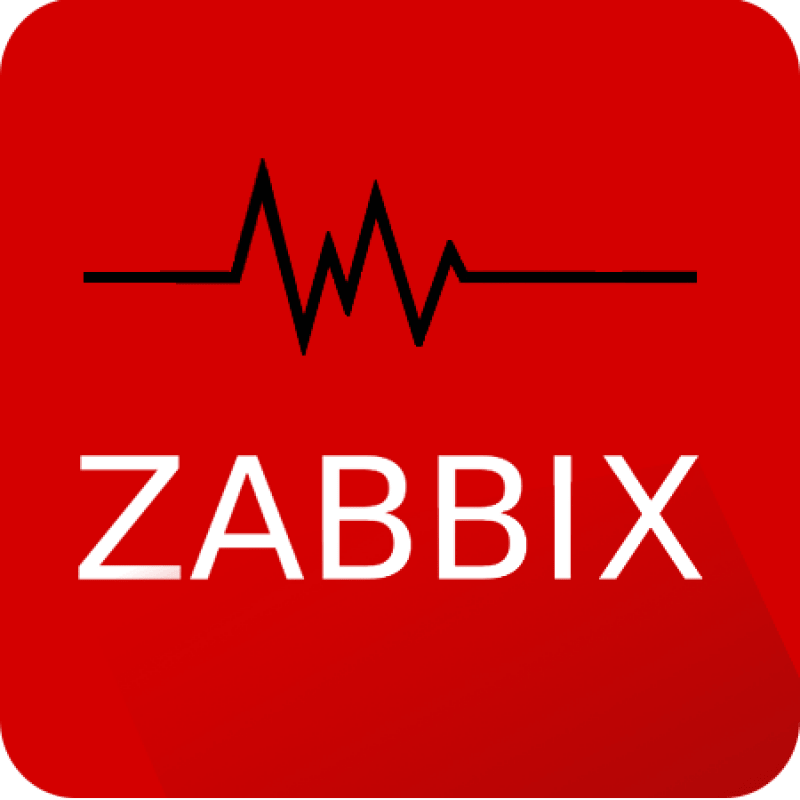
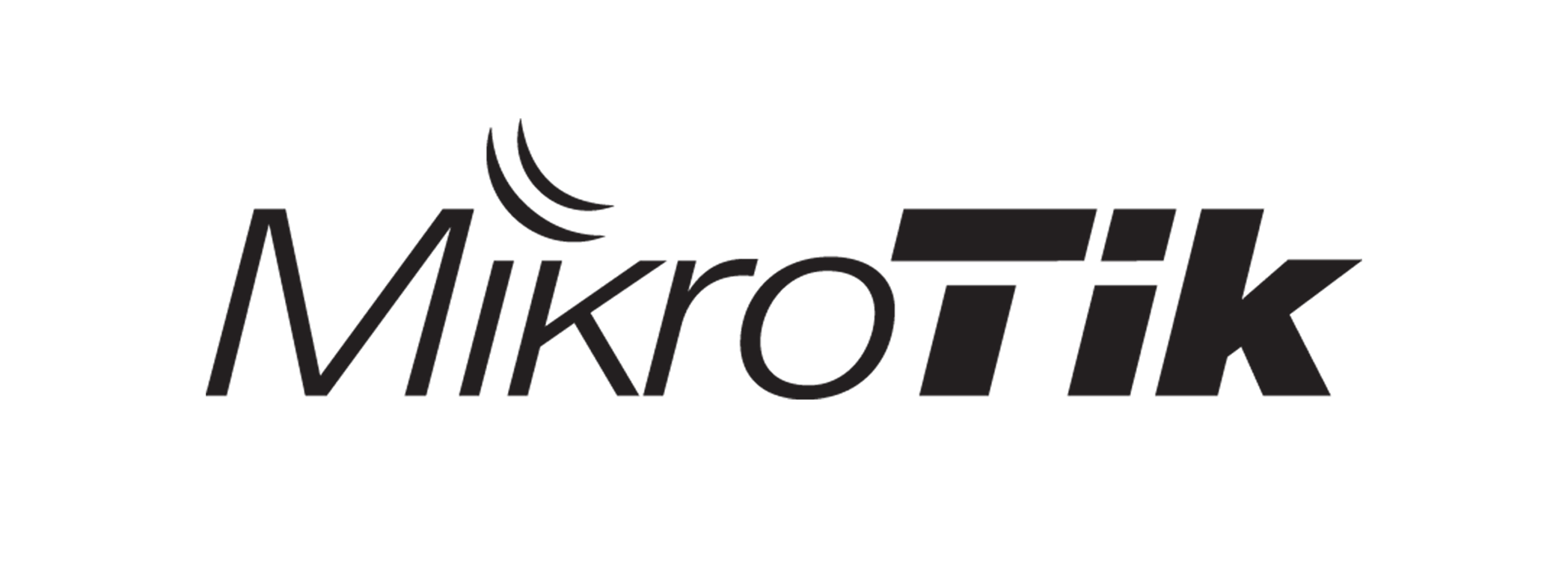
In order to ensure the smooth operation of the deployed system we
are using Zabbix and Dude server monitoring systems.
Besides, modern
communication tools such as SMS, Telegram messenger, Matrix help us to inform
quickly administrators about the problems. The security of communications between
server hardware and the site with employees, if necessary, helps to protect Cisco
and Mikrotik equipment, depending on the required speeds and the number of users,
using the most modern and persistent encryption standards. The Wi-fi access points
and controllers of these companies will perfectly support the wireless network. For
remote assistance and consultations - we use recognized open-source access systems
based on VNC, which allow us to look at the PC screen and control it.
UI-UX design




For most functional and user-friendly interface we use our rich
experience, modern trends and instruments. But the main factor of successfull
interface design is a deep understanding of customer needs.
So, our approach is
close cooperation and research stage. We start with Use Cases, User Story, create
wireframe prototype and mockups.
Development Process Management



Our project management have experience working with traditional project management methods according to PMBOK recommendations with pre-developed detailed specifications and a full package of project documents, the xUSSR GOST-34 family project planning and management practices, and modern flexible/informal methodologies like Agile, SCRUM and Lean. We can use one or more of these practices for a particular project on the best-fit basis depending on the actual customer needs, contract type and other factors. We use certain instruments that can do project management in the project simple but quite managed, like the Atlassian project management stack: Jira, Greenhopper/Jira Agile and Crucible.
Native and Cross-platform Mobile applications creation

